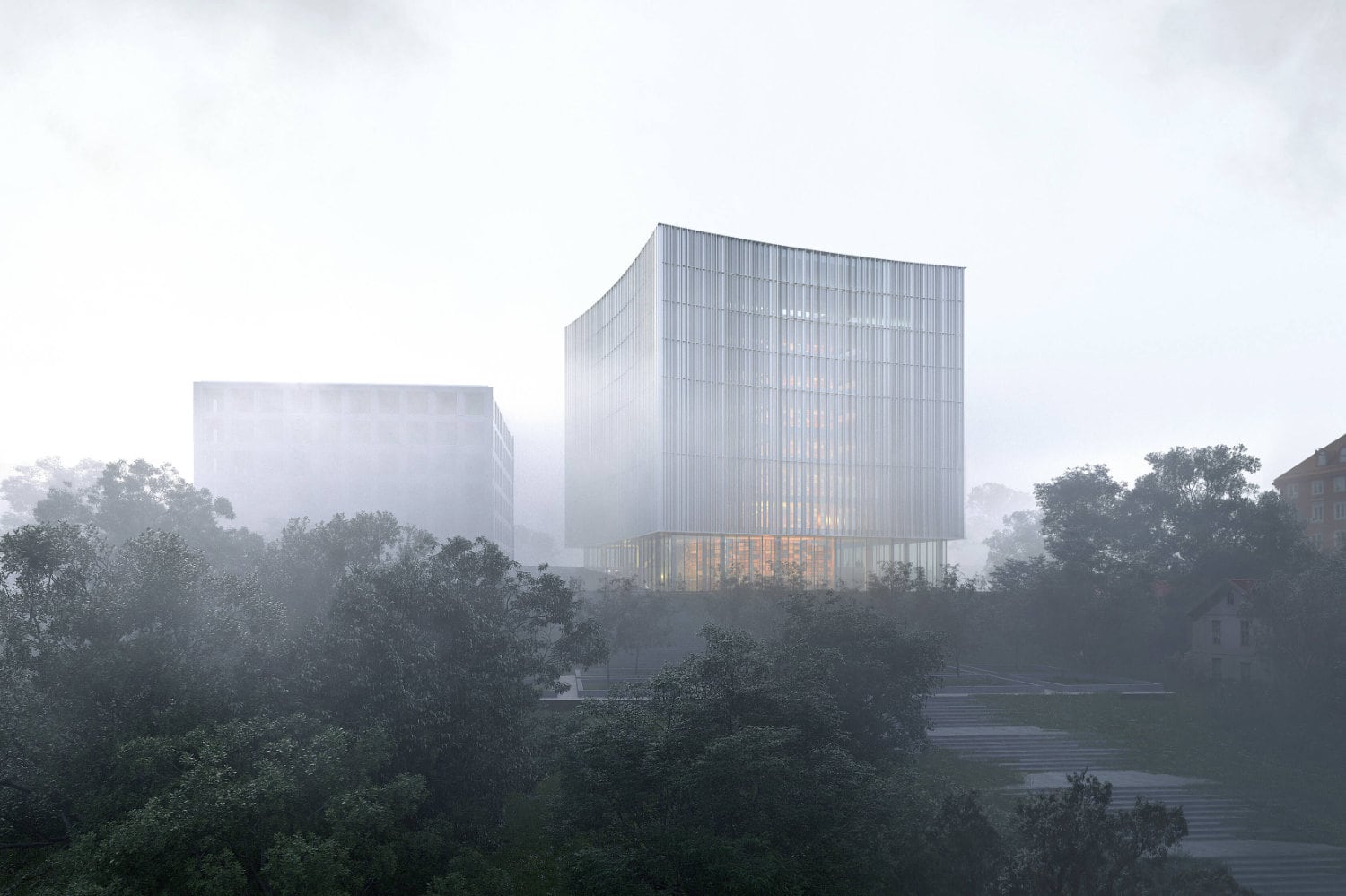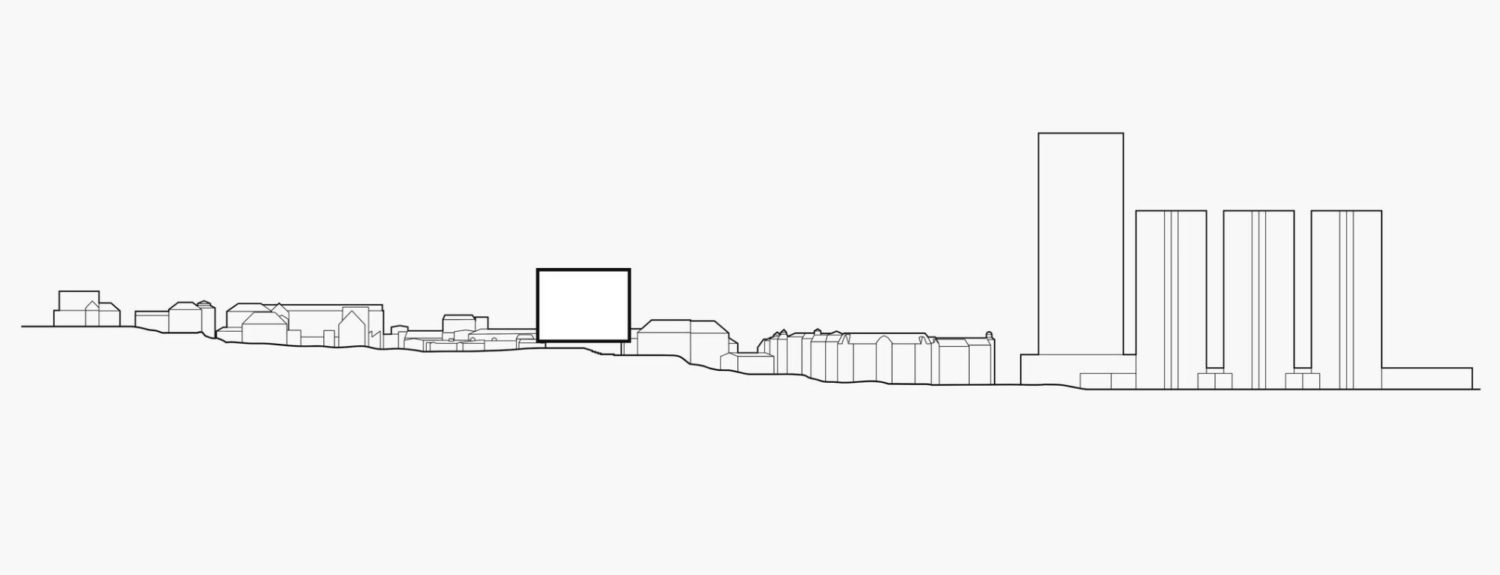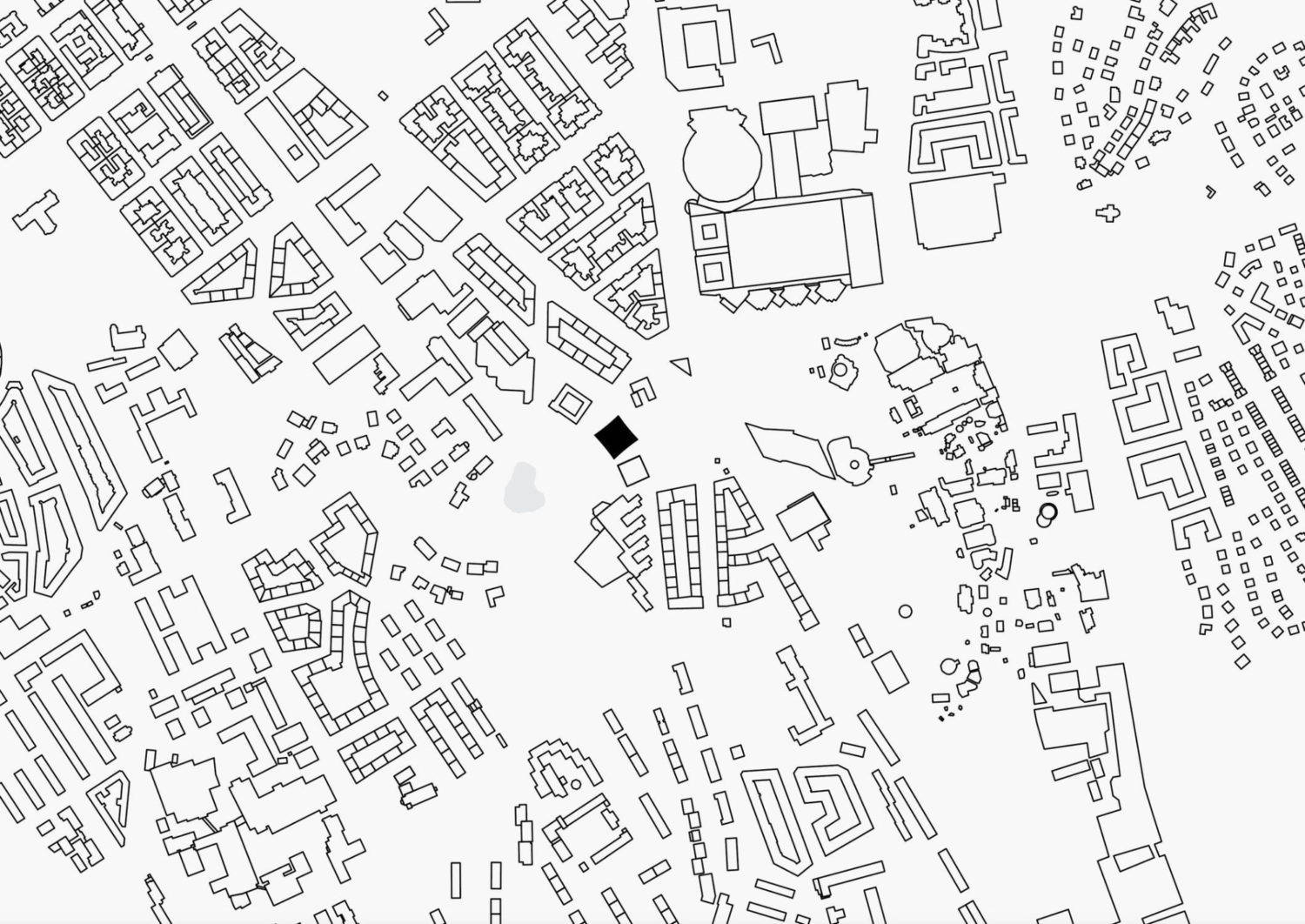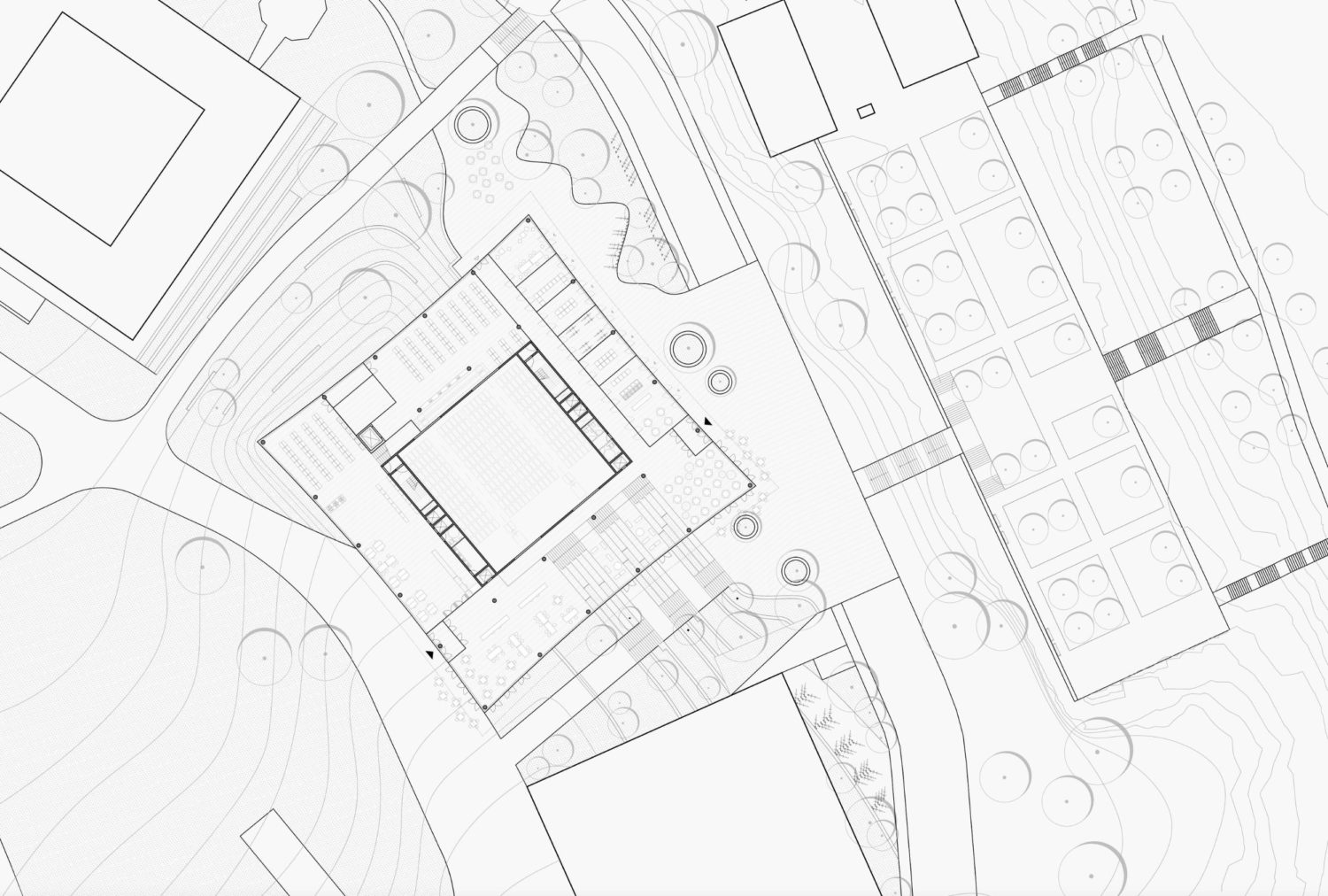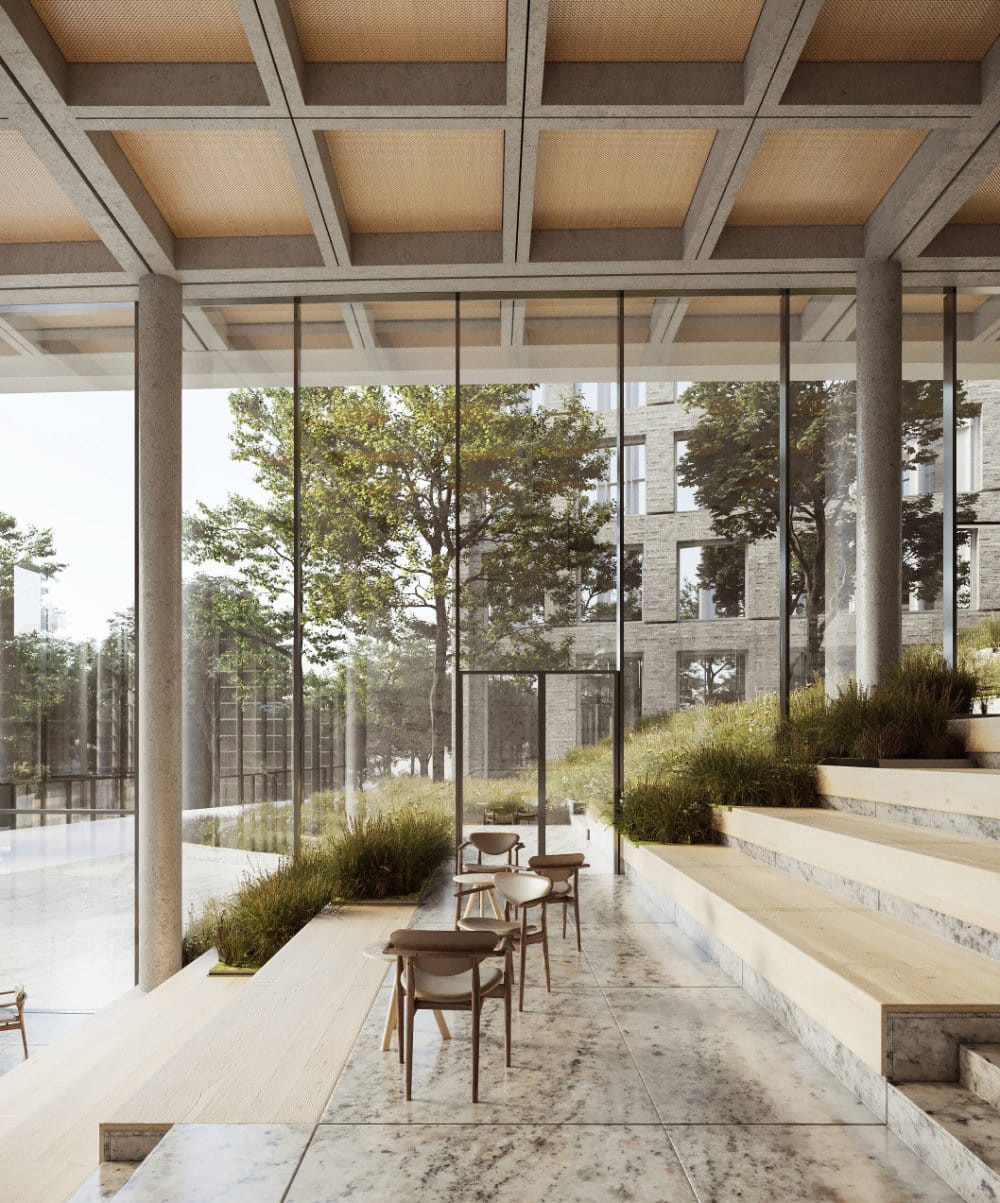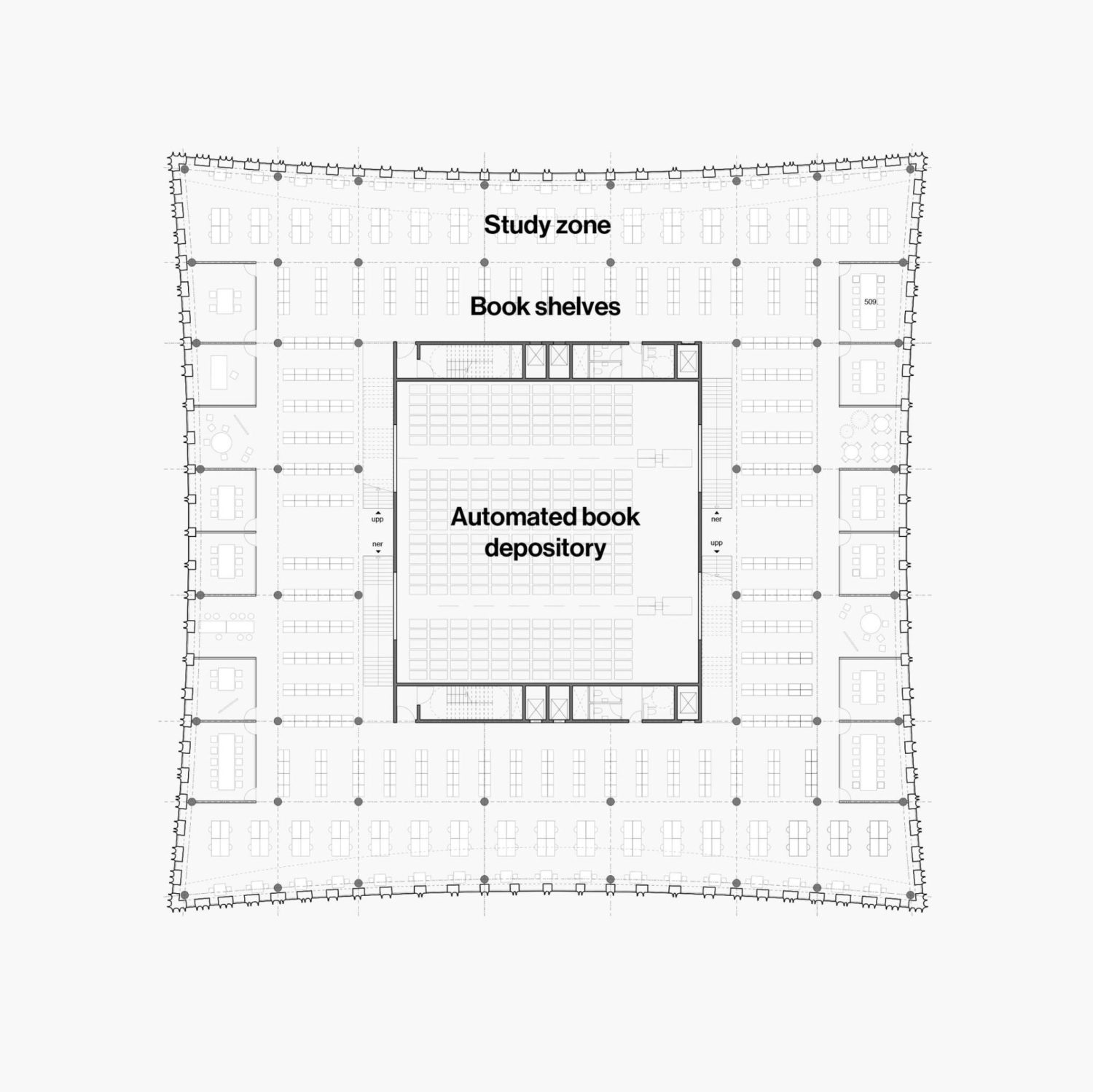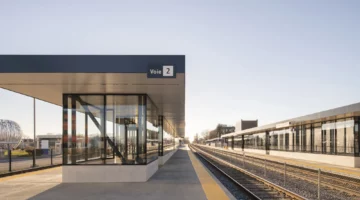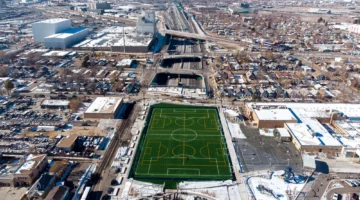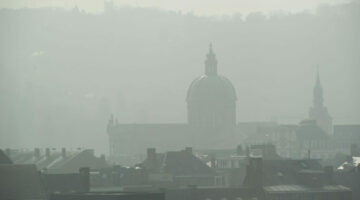Cobe has won the prestigious international competition for a new university library in the heart of Sweden's second-largest city, Gothenburg. The new 16,000-m² university library will be located ibetween the city center and the Näckrosen university campus, between large and small scale – intense and quiet – on one of the best sites in the city – in the heart of Näckrosen Park. Like a lighthouse on a hill, the university library will be a new landmark, lighting up from within and looking out over its surroundings.

Gothenburg is known as the city of knowledge, and the university library will be a new meeting place for knowledge to flourish – between academia and society – between teachers, students, researchers and visitors. The book serves as an inspiration and starting point for the design, where the volume, colors and materials can be read as a book unfolding. With a transparent, open and inviting ground floor, the university library will shine like a lighthouse in the dark, highlighting the value of knowledge.
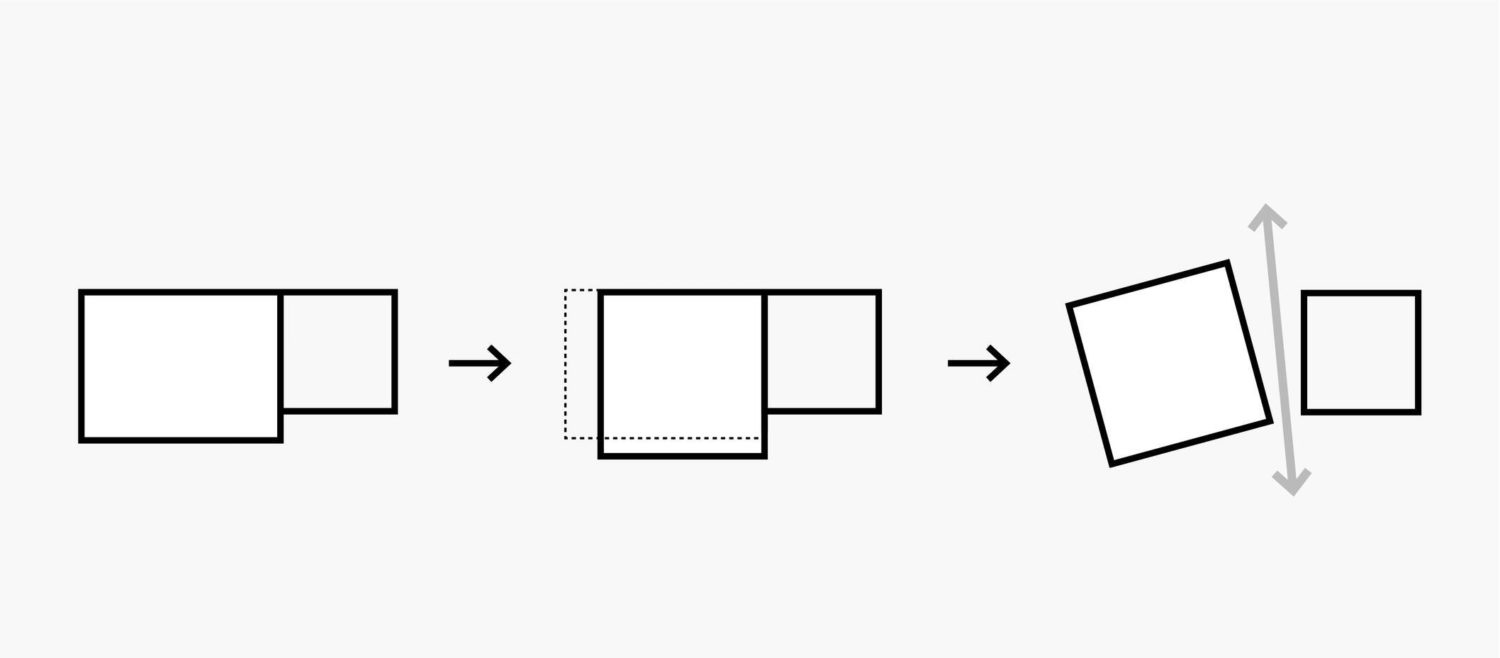
Gothenburg’s new university library is to be located between the city center and the Näckrosen university campus, between large and small scale – intense and quiet – on one of the best sites in the city – in the heart of Näckrosen Park. Like a lighthouse on a hill, the university library will be a new landmark, lighting up from within and looking out over its surroundings.
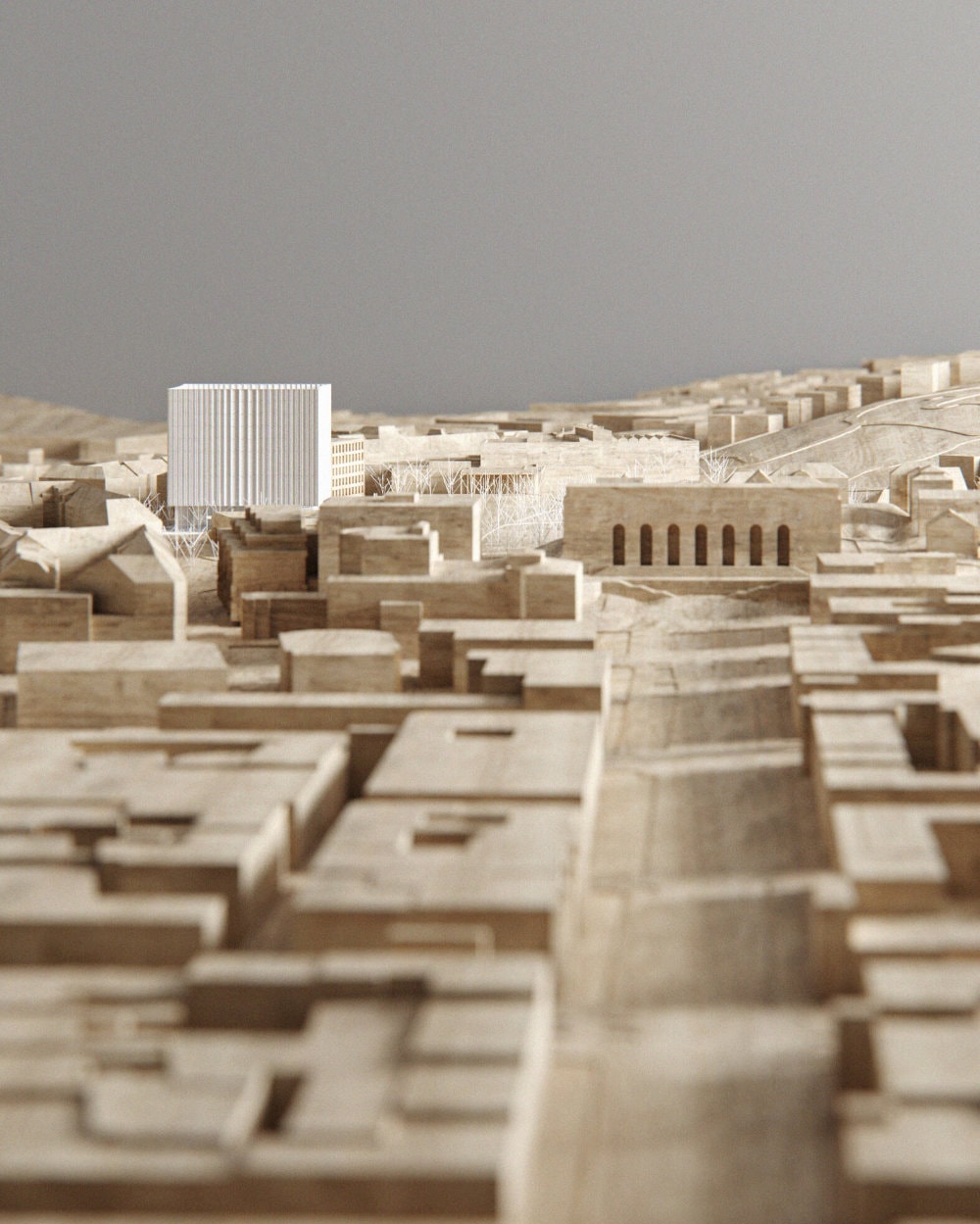
A careful analysis of the site led to a deliberate decision to open up the landscape and Näckrosen Park’s rich environment, by creating a visual and a physical connection between the campus area and the nearby Korsvägen public square and transport hub.

This connection is established by minimizing the library’s footprint, which in turn separates it from the adjacent existing building and yeilds its compact volume. The new university library becomes a natural part of an ensemble of stand-alone buildings in the park – while at the same time it thoughtfully stands out through its vertical expression, materiality and color.
No matter the direction one approaches the university library from, you are welcomed and drawn in to its visually open and transparent ground floor. Much like an open book, the library invites you inside, from both its campus and its city sides.
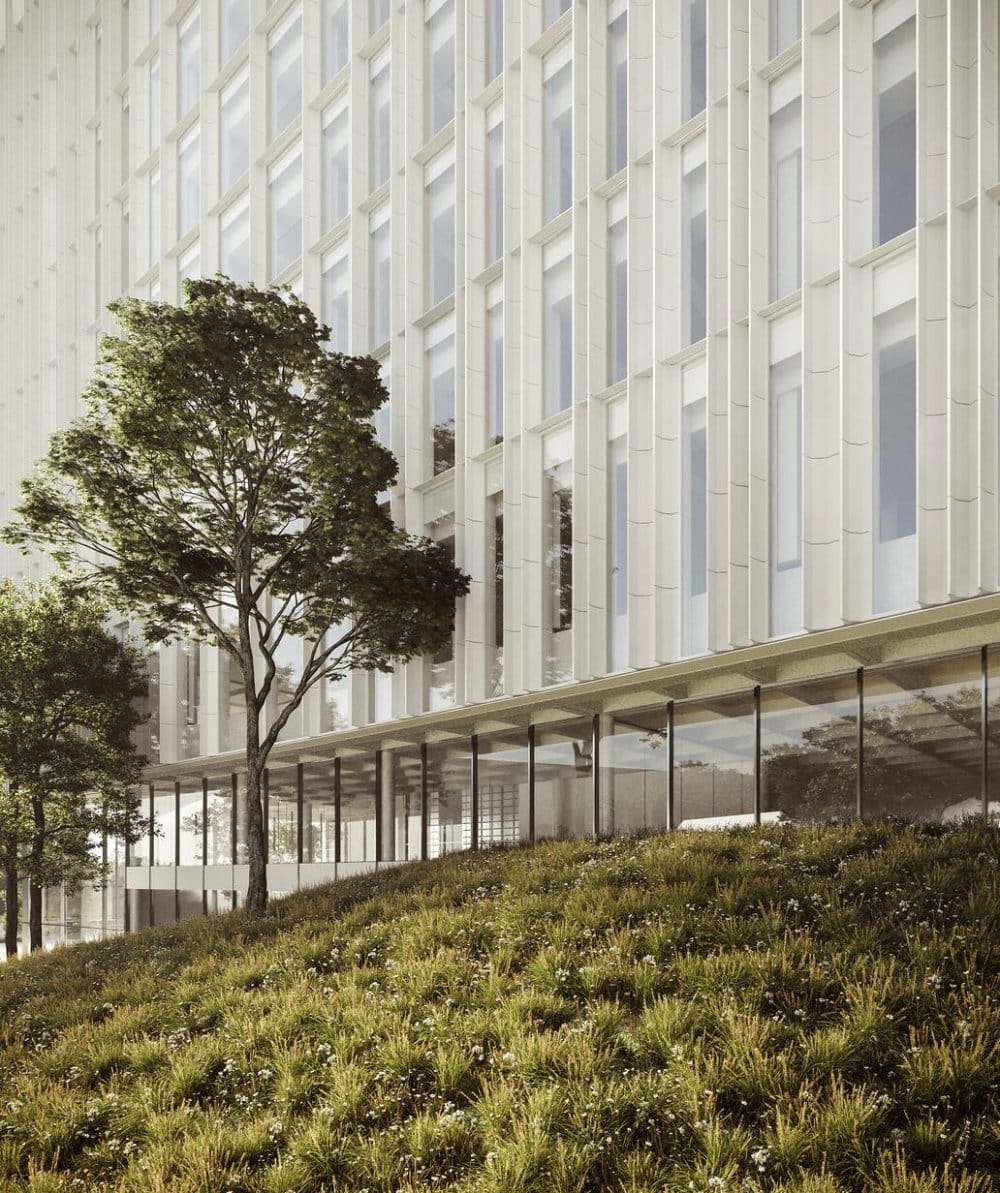
A hovering wooden cube
The library houses a multitude of spatial experiences – from the open, bright, and magnificent – to the intimate and tranquil. This is emphasized by a finely calibrated use of diverse materials, from light and robust granite on the ground floor to the warmer environments of the upper floors, featuring wood and textiles.
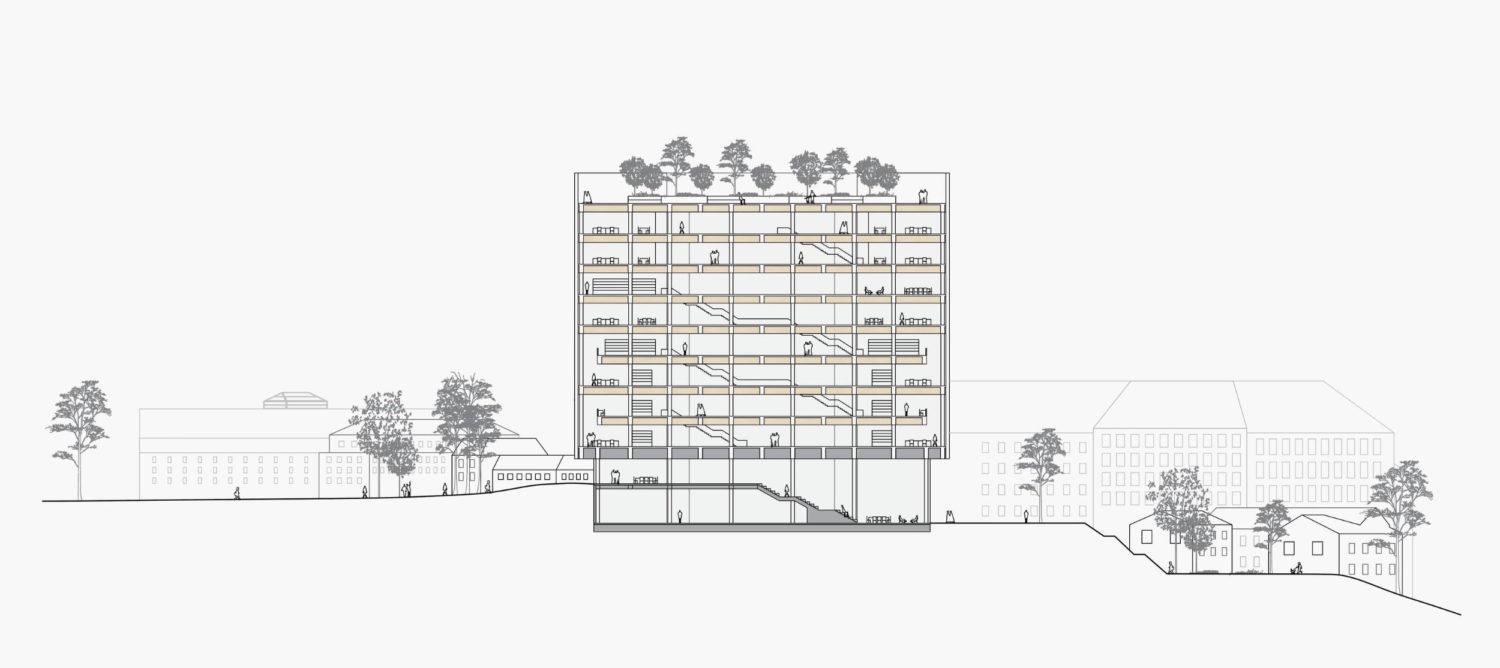
This highly intentional choice of materials is also reflected in the building’s load-bearing system, which will be a hybrid between concrete and wood. These distinct materials are used purposefully based on their specific properties. Concrete is highly visible on the lower floors of the building where it allows for greater openness, while wood beams are used for the smaller spaces found on the upper library and office floors. Through this considered use of materials dictated by their inherent characteristics and capabilities, the design is optimized to reduce the CO₂ impact of the building’s construction.
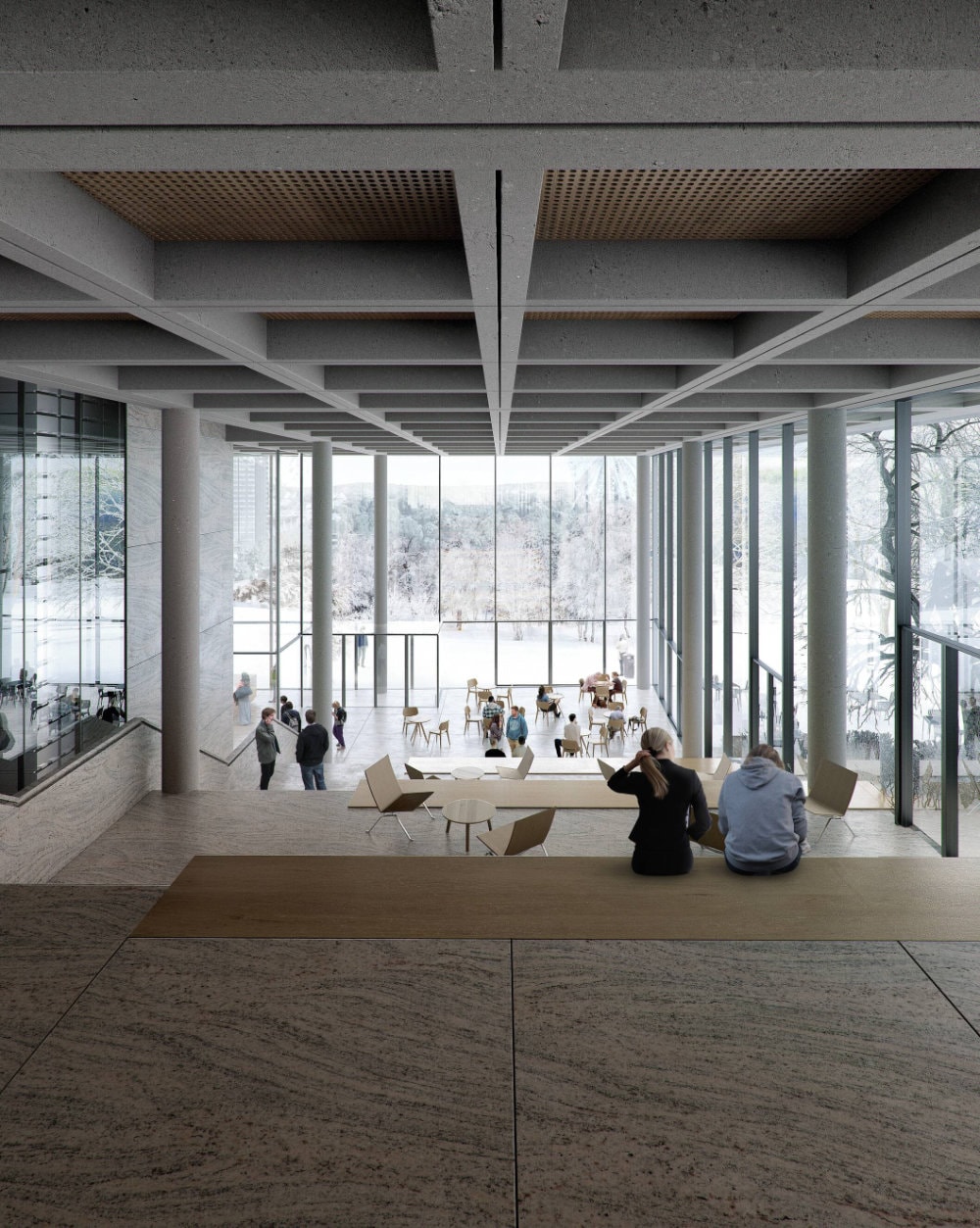
The ground floor entrance area is placed so that it connects the city and campus. It is intended as a large and bustling meeting place where the activities that will take place there flow together with the surroundings. The level difference found in the landscape is elegantly taken up by flexible stairs with seating that can be used for many activities – such as study, a café, or audience seating for an event.
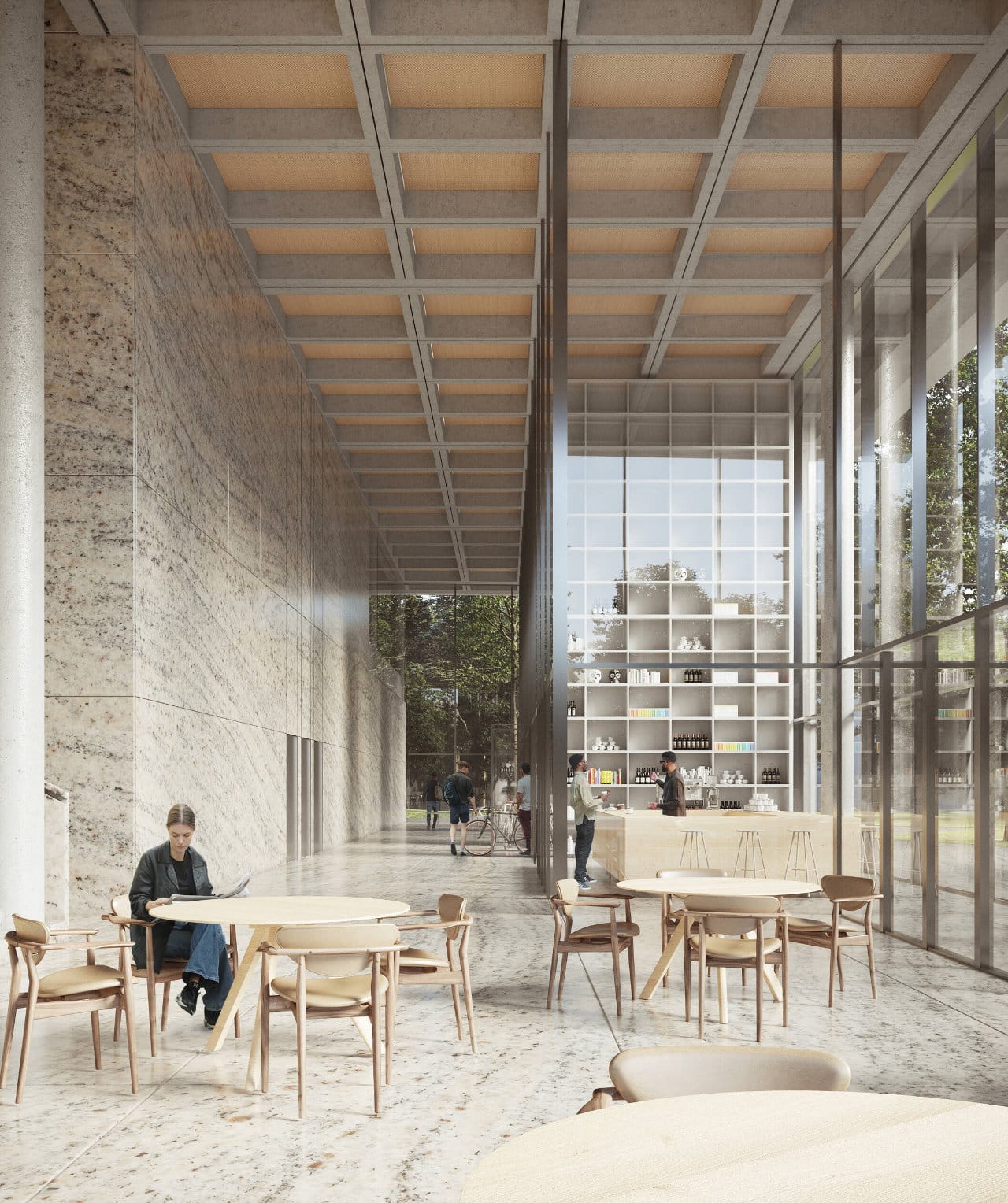
The automated book depository as the heart of the building
In the library’s very center, an automated book depository stands spectacularly as the core of knowledge, surrounded by the building’s varied functions. Elevators and other self-contained functions are located along two closed ends of the book depository, which lend a high degree of flexibility to the floor plan.
The layout of spaces can be described as democratic – with views of the surroundings and excellent daylighting conditions found on all sides. Two open ends of the automated book depository showcase its inner workings, making visible the library’s dynamic machinery as you move upwards alongside it.
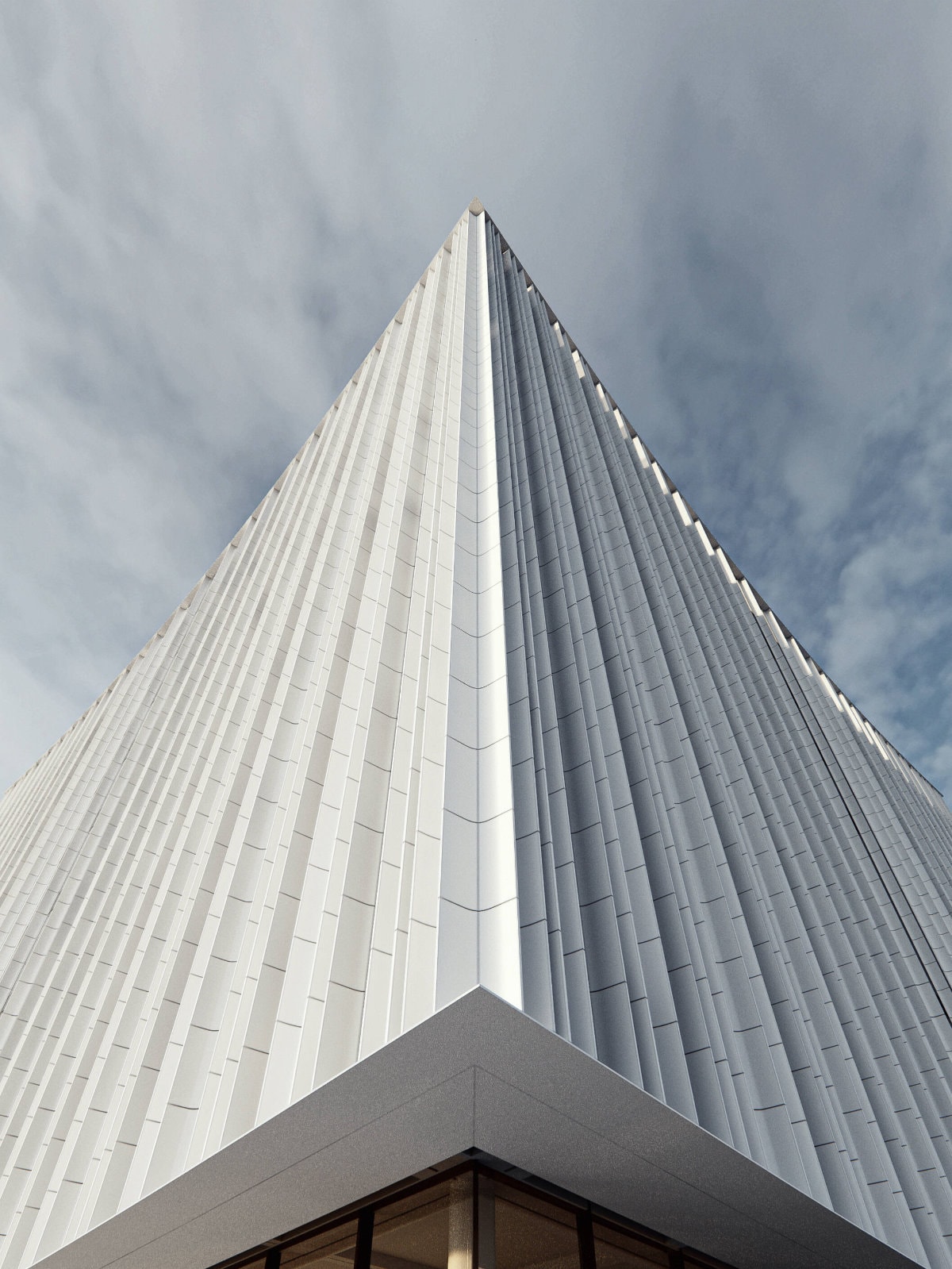
The unfolded façade
The façade appears as an open book. This expression is created by a series of vertically extruded ceramic tiles that bring to mind the pages of a book. This uniform element façade is produced under factory conditions and transported to the construction site for assembly – increasing the quality and precision, and reducing on-site assembly time.
The geometry of the façade’s 5 distinct elements is parametrically optimized in relation to daylight conditions – positioned on the façade with a more open spacing in the center of the volume and a tighter spacing near the corners. In this way, the glass area of the building is reduced where internal overheating typically occurs. The extruded ceramic tiles are also shading devices themselves, further reducing the amount of sun that enters the building.
Cobe's Gothenburg University Library is set for completion in 2028.
